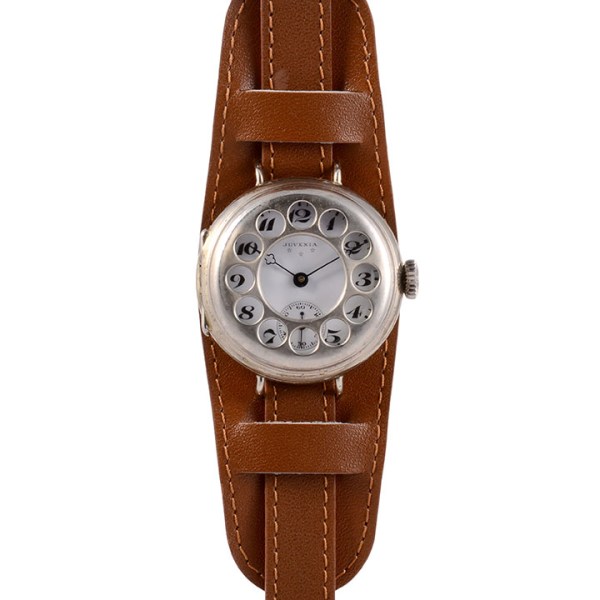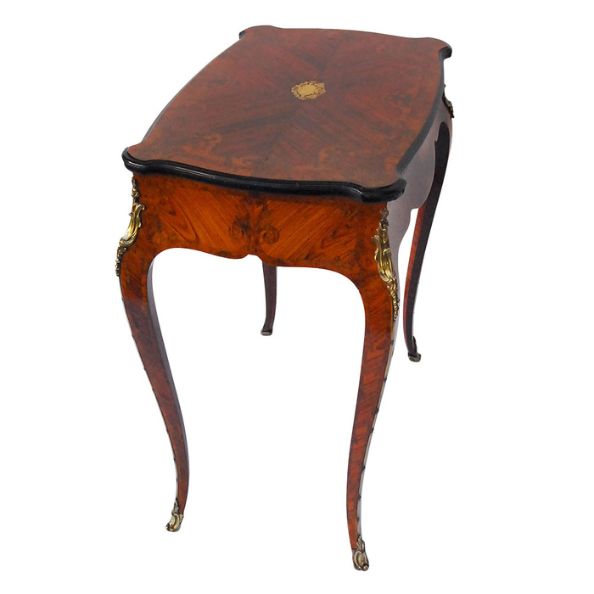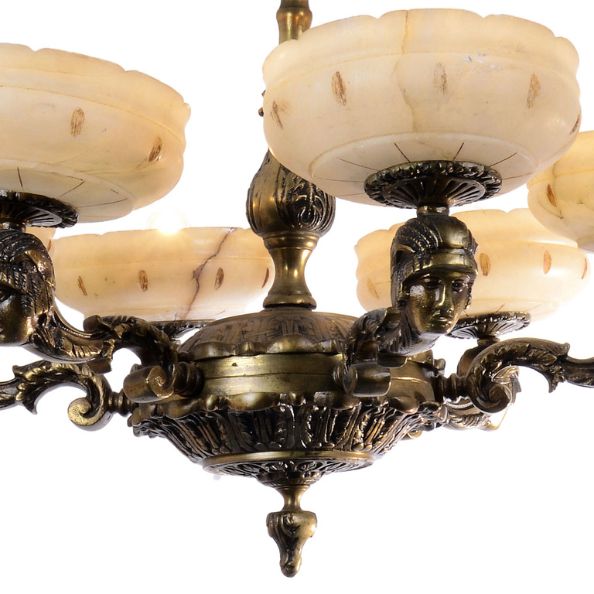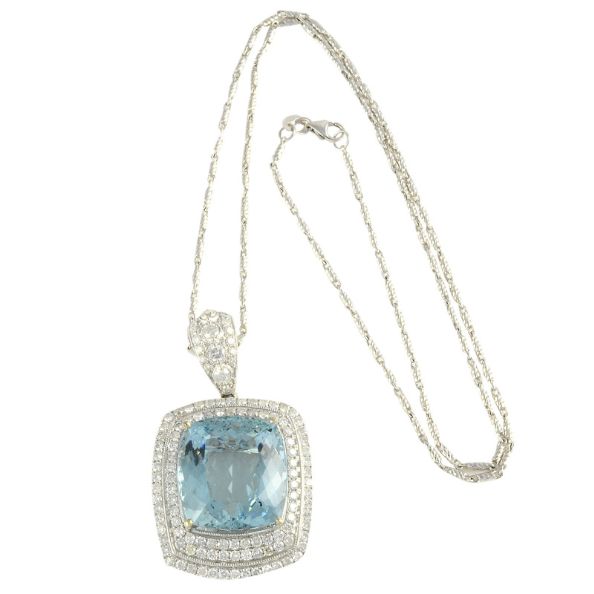Why the Watch Was Invented: a Brief History


Humankind is spectacular. As a species, we know we have abilities that other living creatures lack. Our developing intelligence has brought about a series of revelations, inventions, and innovations—ideas that better our world and way of life. One such concept is the marking of time. The passage of time is a reality that humanity faces every day, from the second we wake up to the moment we drift off to sleep.
The conscious ability to tell the rate of time is something entirely and distinctly human. All the same, we can’t maintain this ability alone. The initial invention of devices to mark passing time by hours, minutes, seconds, and milliseconds changed human life forever. These days, while many carry around their smartphones or rely on digital clocks to tell time, the accessory of a watch remains a classic piece of beauty and function. Let’s take a closer look at why the watch was invented: a brief history.
Dialed In: Centuries-Old Clocks
The creation of clocks predates the common era. Sundials and water clocks extend back into the later centuries B.C. These gave way to the earliest mechanical clocks. Constructed with a series of bells, counterweights, and pulleys, these popped up all around the globe. However, mechanical clocks were not any more accurate than the ancient water clocks they ousted.
A Dutchman known as Christian Huygens used Galileo’s discovery of the pendulum to create the world’s first reliable and fairly accurate mechanical clock. While this pendulum clock grew remarkably popular, the achievement was by no means portable. Rather, this clock form set the stage for further time-telling devices yet to come.
A Pressing Need: Portable Time-Telling Devices
Still curious about why the watch was invented? Let’s uncover a brief history of the need for portable time-telling devices. Pocket watches came about long before wristwatches. Sailors used them to keep watch of their shift times, hence the name “watch.” In the 17th-18th centuries, the popularity of pocket watches skyrocketed.
With the invention of self-winding mechanisms for precision and intricacy, these advancements made the first wristwatch eventually possible. Today’s wristwatch is a direct descendant of an antique style that Swiss horologist Abraham Louis-Breguet once created for the Queen of Naples.
The Bracelet Watch: More Than a Fashion Fad
As accessory timepieces, wristwatches were not often worn by men. They favored pocket watches. Wristwatches were seen as a women’s fashion fad. However, this all changed during the late 19th century because of World War I. For tactical reasons, quick and easy access to time was critical for aviators and soldiers during missions. After the war, wristwatches remained commonplace and became the fashion of the hour for everyone.
If you’re in the market for a timeless watch, look no further than California’s finest antiques online. Here at Solvang Antiques, we carry a wonderous assortment of antique and vintage watches for sale, with pocket and wrist timepieces used and loved throughout the ages. Browse our high-quality vintage and antique watch collections today for a valuable piece telling of time and history.



